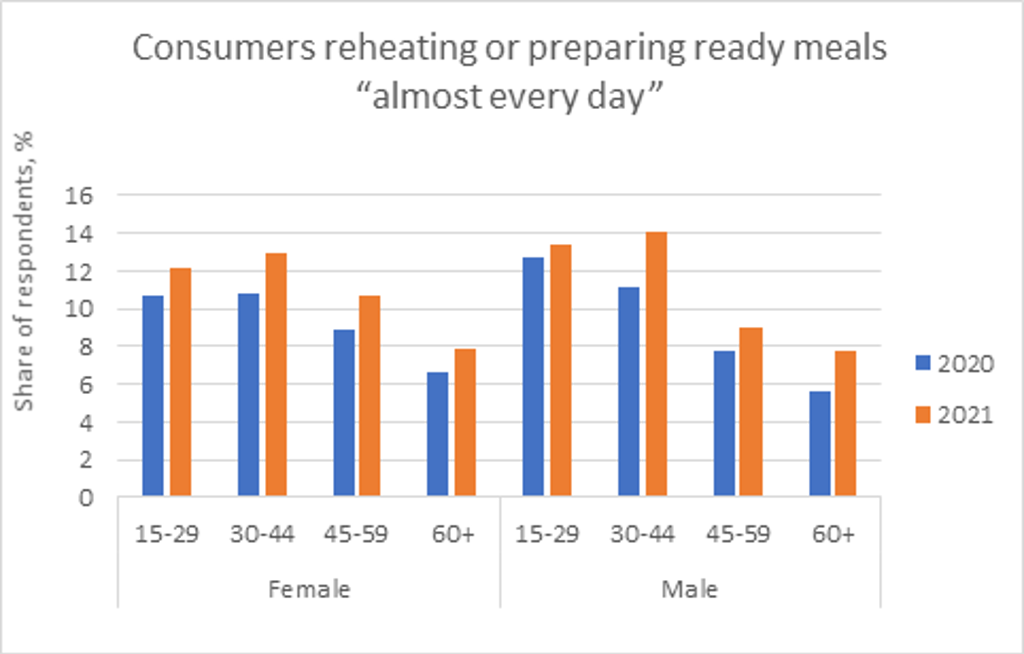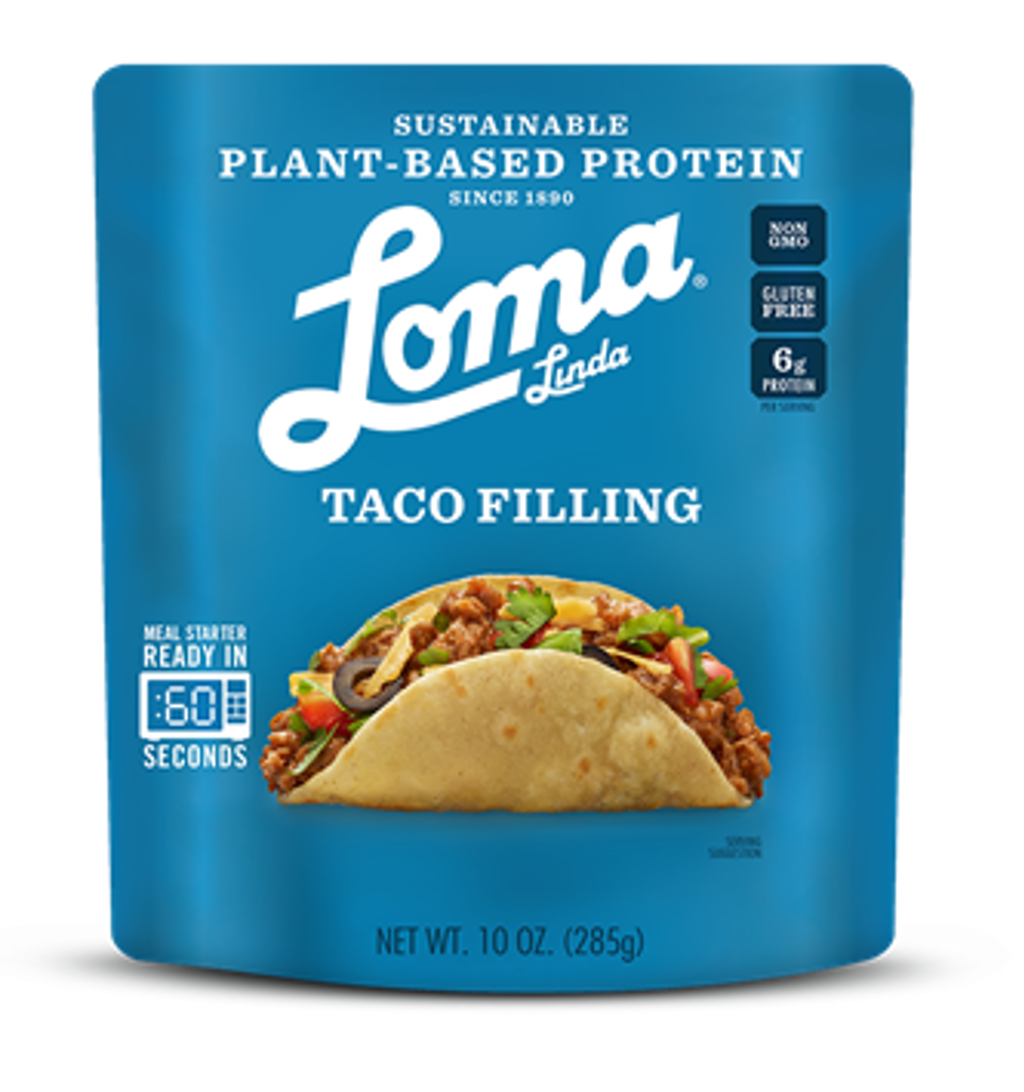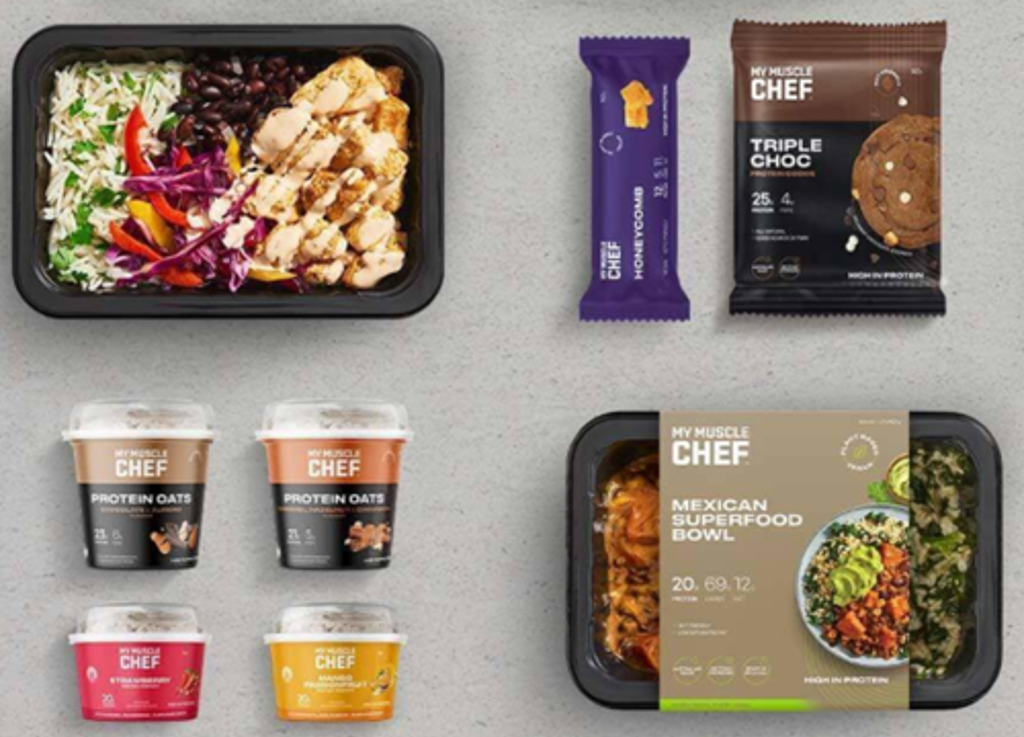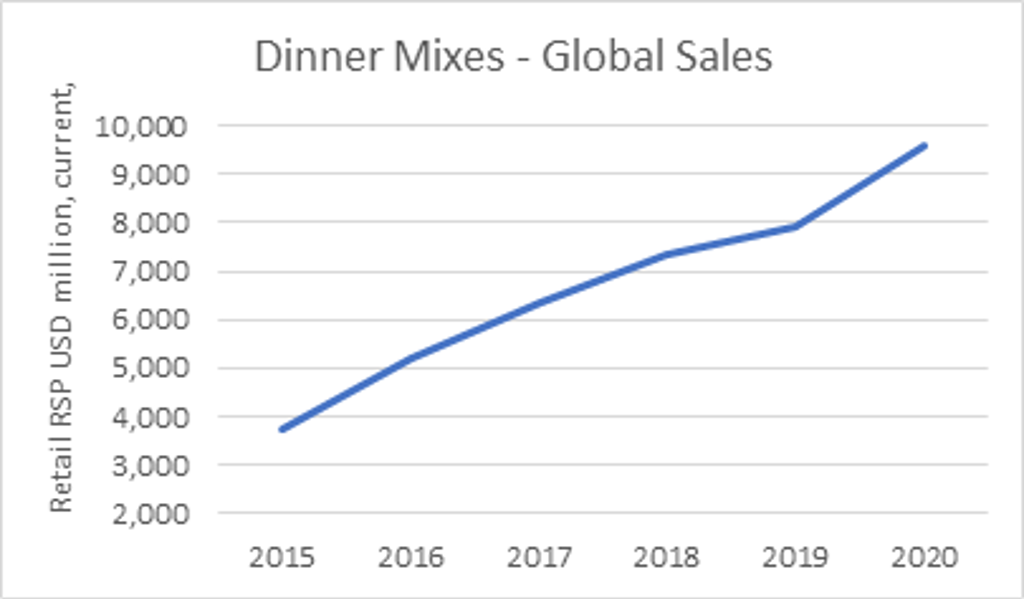Permanent Work Shift Moves Lunch Occasions to The Home
In April 2021, Euromonitor’s Voice of the Consumer: Lifestyle Survey revealed that 68% of adults worldwide consider the trend of regularly working from home to be a permanent shift, up from 42% in April 2020. This unstoppable change in working patterns has fundamentally created a big shift in the lunch occasion since the home-worker doesn’t typically need a restaurant, café, diner etc to serve them lunch. And while a majority of consumers still cook for themselves, the pandemic has driven strong growth in ready meal “super consumers” that reheat or prepare ready meals almost every day. These consumers, and many more, look for optimal convenience through ready meal solutions.
Source: Euromonitor International Voice of the Consumer: Lifestyle Survey, 2020 n=41231, 2021 n=40732
Home delivery sees lunch spike
Restaurants quickly invested in home delivery at the start of the pandemic, with varying levels of success. Nevertheless, home delivery turnover increased by 30% in 2020 as a result. Within home deliveries, some players have decided to focus specifically on the lunch occasion, like Lithuania’s 12 O’Clock Box, which has also taken an interesting decision with regards to packaging. Just like the once-ubiquitous milkman, the company takes back the reusable dirty box from the day before while delivering a washed and refilled box containing the meal of the day. That means the consumer gets a ready-to-eat meal without the need to do dishes or to dispose of the trash. The boxes blur the line between home delivery and ready meals and are positioned to save time, offer a varied and healthy diet and enable consumers to lead a sustainable lifestyle.
Ready meals for convenience – and even personalisation
On the other end of the spectrum of lunch solutions are conventional ready meals, prepared and packaged at scale in single-use containers. Indeed, total global use of ready meals packaging grew 8% in 2020, with growth in use of stand-up pouches reaching even 18% thanks to launches from brands like US-based Loma Linda, which supplies its shelf stable, economy-priced ready meals with sustainable plant-based protein in minimum waste pouches.
Source: atlanticnaturalfoods.com
Meanwhile, the expectation of home workers is to eat a varied and healthy diet, which is often facilitated by use of packaging with a compartment for each meal component. Likewise, the content needs to be adopted to the consumer lifestyle, just like a home cook would adjust portion size and choice of ingredients. A brand using single-use ready meal trays while offering added value through personalisation is MyMuscleChef which has become somewhat of a subscription phenomenon in Australia. You let the company know what your exercise goals are, how active you are and how much you weigh, and they make and supply you a menu of ready meals to support that goal.
Source: mymusclechef.com
Finally, meal kits have benefited through occupying a convenient space between ready meals and cooking. This format grew 21% in 2020 and competition is stiff in the countries where the model has proved appealing to consumers. Bonduelle Russia has partnered with meal kit company Elementaree and shown how packaged food companies with trusted brands can help meal kit companies to save on labour and reduce prices while maintaining quality. Kraft Heinz has also taken steps to have Philadelphia cream cheese feature in meal kits in the US.
Health and wellness is an opportunity
Many consumers have trouble making ends meet during the pandemic, but at the same time health and wellness is the spending theme with the largest group of global consumers that plan to increase spending over the next 12 months, according to Euromonitor’s Voice of the Consumer: Lifestyle Survey. Health and Wellness has always been a key platform for food and remains a key premiumisation opportunity. It seems clear that, as the world gradually moves towards the post-pandemic phase, working at home will remain a much greater feature of life than it once was. As such, opportunities abound, and the world of at-home lunch solutions is likely to see further innovations in the coming years.
